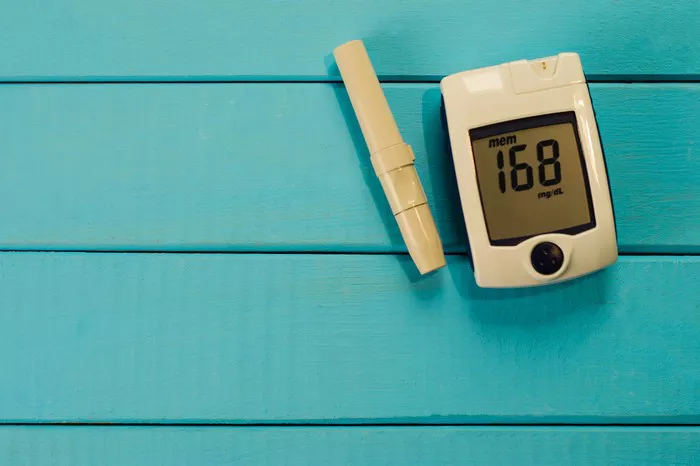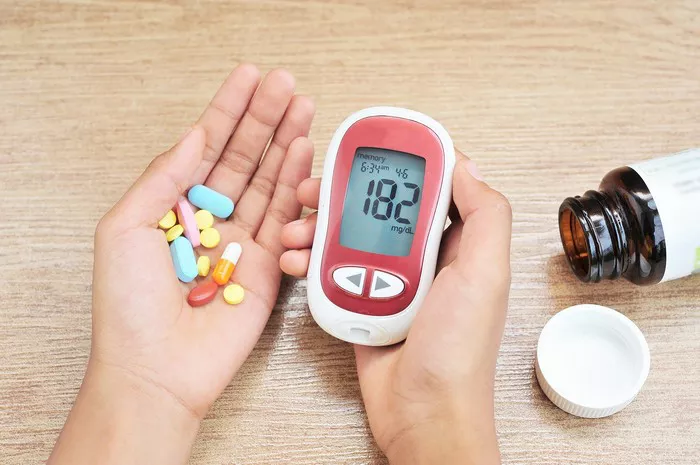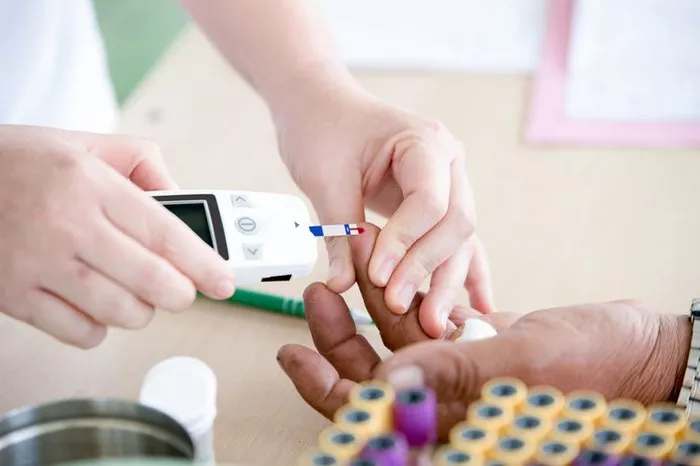Type 2 diabetes mellitus (T2DM) is a chronic metabolic disorder characterized by insulin resistance and a progressive decline in pancreatic beta-cell function, leading to hyperglycemia. Hyperglycemia, or elevated blood glucose levels, is a hallmark of uncontrolled diabetes and contributes significantly to the morbidity and mortality associated with the disease. This article delves into the intricate relationship between T2DM and hyperglycemia, exploring its causes, pathophysiology, clinical manifestations, and management strategies.
Pathophysiology of Type 2 Diabetes Mellitus
Type 2 diabetes mellitus is primarily a disorder of insulin resistance and impaired insulin secretion. Unlike type 1 diabetes, which is characterized by autoimmune destruction of pancreatic beta cells, T2DM involves a complex interplay of genetic, environmental, and lifestyle factors.
Insulin Resistance: In T2DM, peripheral tissues, such as muscle and adipose tissue, exhibit a decreased sensitivity to insulin. This resistance impairs glucose uptake, leading to elevated blood glucose levels. Insulin resistance is often exacerbated by obesity, particularly central adiposity, which increases the release of free fatty acids and inflammatory cytokines, further hindering insulin signaling pathways.
Beta-Cell Dysfunction: Over time, the pancreas struggles to compensate for insulin resistance by increasing insulin secretion. However, this compensatory mechanism eventually fails, leading to beta-cell exhaustion and decreased insulin production. Genetic predisposition plays a significant role in determining the extent of beta-cell dysfunction.
Glucose Production: The liver also contributes to hyperglycemia in T2DM by producing excessive glucose through gluconeogenesis and glycogenolysis, processes that are typically suppressed by insulin.
Hyperglycemia in Type 2 Diabetes Mellitus
Hyperglycemia is a defining feature of T2DM and results from the combined effects of insulin resistance, beta-cell dysfunction, and increased hepatic glucose production. Chronic hyperglycemia has numerous deleterious effects on the body, contributing to the development of both acute and chronic complications.
Acute Complications
Diabetic Ketoacidosis (DKA): Although more common in type 1 diabetes, DKA can occur in T2DM, particularly under conditions of severe stress or infection. DKA is characterized by hyperglycemia, ketonemia, metabolic acidosis, and dehydration. Prompt recognition and treatment are crucial to prevent severe outcomes.
Hyperosmolar Hyperglycemic State (HHS): HHS is a life-threatening complication more frequently seen in T2DM. It is characterized by extreme hyperglycemia (often exceeding 600 mg/dL), profound dehydration, and altered mental status, without significant ketosis. HHS requires aggressive rehydration and insulin therapy.
Chronic Complications
Microvascular Complications:
Diabetic Retinopathy: Chronic hyperglycemia damages the small blood vessels in the retina, leading to vision impairment and potential blindness.
Diabetic Nephropathy: Persistent high blood glucose levels damage the kidneys’ filtering units, leading to proteinuria, decreased kidney function, and eventually end-stage renal disease.
Diabetic Neuropathy: Nerve damage due to hyperglycemia can cause peripheral neuropathy, characterized by pain, tingling, and loss of sensation in the extremities, and autonomic neuropathy, affecting various bodily functions.
Macrovascular Complications:
Cardiovascular Disease: Individuals with T2DM are at a significantly increased risk of developing atherosclerosis, leading to coronary artery disease, myocardial infarction, and stroke.
Peripheral Arterial Disease: Reduced blood flow to the limbs can result in claudication, ulcers, and, in severe cases, amputation.
Clinical Manifestations of Type 2 Diabetes Mellitus
The clinical presentation of T2DM can vary widely, ranging from asymptomatic to symptomatic hyperglycemia. Common symptoms include:
Polyuria: Increased urination due to osmotic diuresis.
Polydipsia: Excessive thirst resulting from dehydration.
Polyphagia: Increased hunger as the body attempts to compensate for glucose loss.
Fatigue: Persistent tiredness due to inefficient glucose utilization.
Blurred Vision: Resulting from changes in the lens due to osmotic shifts.
Many individuals with T2DM remain undiagnosed for years due to the gradual onset of symptoms and the body’s ability to adapt to high blood glucose levels.
Diagnosis of Type 2 Diabetes Mellitus
The diagnosis of T2DM is based on the following criteria, established by the American Diabetes Association (ADA):
Fasting Plasma Glucose (FPG): A fasting blood glucose level ≥126 mg/dL (7.0 mmol/L).
Oral Glucose Tolerance Test (OGTT): A 2-hour plasma glucose level ≥200 mg/dL (11.1 mmol/L) after a 75-g oral glucose load.
Hemoglobin A1c (HbA1c): A value ≥6.5%. HbA1c reflects average blood glucose levels over the past 2-3 months.
Random Plasma Glucose: A random blood glucose level ≥200 mg/dL (11.1 mmol/L) in individuals with classic symptoms of hyperglycemia.
Management of Type 2 Diabetes Mellitus with Hyperglycemia
Effective management of T2DM aims to achieve and maintain normoglycemia, prevent or delay complications, and improve the quality of life. A comprehensive approach includes lifestyle modifications, pharmacological interventions, and regular monitoring.
Lifestyle Modifications
Diet: A balanced diet that emphasizes whole grains, lean proteins, healthy fats, and vegetables while limiting refined carbohydrates and sugary beverages is crucial. Individualized nutrition plans should consider cultural preferences and metabolic needs.
Physical Activity: Regular exercise enhances insulin sensitivity and aids in weight management. The ADA recommends at least 150 minutes of moderate-intensity aerobic activity per week, combined with resistance training.
Weight Management: Weight loss through diet and exercise can significantly improve glycemic control. Bariatric surgery may be considered for individuals with severe obesity.
Pharmacological Interventions
Oral Hypoglycemic Agents:
Metformin: The first-line medication for T2DM. It reduces hepatic glucose production and improves insulin sensitivity.
Sulfonylureas: Stimulate insulin secretion from pancreatic beta cells.
DPP-4 Inhibitors: Enhance the incretin effect, increasing insulin release and decreasing glucagon levels.
SGLT2 Inhibitors: Promote renal glucose excretion, reducing blood glucose levels.
Thiazolidinediones: Improve insulin sensitivity in peripheral tissues.
Injectable Therapies:
GLP-1 Receptor Agonists: Mimic the incretin hormone GLP-1, enhancing insulin secretion, reducing glucagon release, and slowing gastric emptying.
Insulin: Required for individuals with significant beta-cell dysfunction. Various insulin regimens can be tailored to patient needs, including basal, prandial, and mixed insulin formulations.
Combination Therapy:
Often, a combination of medications is necessary to achieve optimal glycemic control. The choice of agents depends on individual patient characteristics, comorbidities, and treatment goals.
Monitoring and Follow-Up
Self-Monitoring of Blood Glucose (SMBG): Regular SMBG helps patients and healthcare providers make informed decisions about treatment adjustments. Frequency and timing of SMBG depend on the treatment regimen and individual goals.
Continuous Glucose Monitoring (CGM): Provides real-time glucose readings and trends, aiding in the detection of hyperglycemia and hypoglycemia. CGM is particularly useful for individuals on intensive insulin therapy.
HbA1c Testing: Regular HbA1c measurements (every 3-6 months) provide an overview of long-term glycemic control. The ADA recommends an HbA1c target of <7% for most adults, with individualized goals based on age, comorbidities, and risk of hypoglycemia.
Routine Screening for Complications: Regular assessments for diabetic retinopathy, nephropathy, and neuropathy are essential to detect and manage complications early. Cardiovascular risk factors, such as hypertension and dyslipidemia, should also be monitored and treated aggressively.
See also: How Does Hyperglycemia Occur in Diabetes?
Conclusion
Type 2 diabetes mellitus with hyperglycemia is a multifaceted disorder that requires a comprehensive and individualized approach to management. Understanding the pathophysiology, recognizing the clinical manifestations, and implementing evidence-based interventions are crucial for achieving optimal outcomes. Through lifestyle modifications, pharmacological treatments, and vigilant monitoring, individuals with T2DM can achieve better glycemic control, reduce the risk of complications, and improve their overall quality of life. As research continues to advance, new therapeutic options and strategies will further enhance the management of this pervasive condition.
Related topics:



























